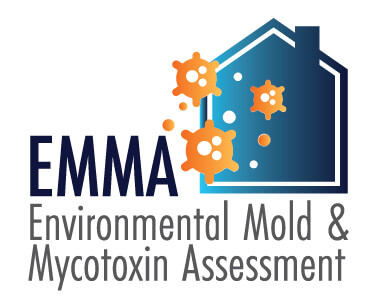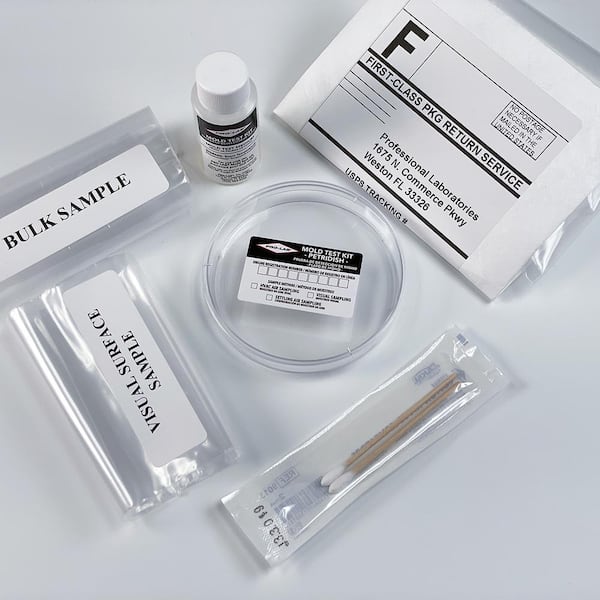Discover the Advantages of Specialist Mycotoxin testing Services Today
Discover the Advantages of Specialist Mycotoxin testing Services Today
Blog Article
The Requirement of Mycotoxin Evaluating in Agricultural Products to Make Certain Consumer Safety
The requirement of mycotoxin testing in farming products is a crucial aspect of public health and wellness and security that requires detailed evaluation. Mycotoxins, poisonous substances generated by specific fungis, can infiltrate numerous crops, causing significant health dangers for consumers, such as carcinogenic impacts and body organ damages. Regular mycotoxin testing not only identifies and eliminates infected items from the supply chain yet additionally guarantees conformity with security criteria and improves customer depend on. However, comprehending the techniques and benefits of such screening is necessary to fully appreciate its relevance in guarding our food supply.
Comprehending Mycotoxins
Mycotoxins, toxic secondary metabolites generated by specific fungis, offer a substantial danger to farming items and human wellness. These compounds are generated by various varieties of molds, such as Aspergillus, Fusarium, and Penicillium, which can infect plants both pre- and post-harvest - Mycotoxin testing Services. One of the most usual mycotoxins include aflatoxins, ochratoxin A, fumonisins, zearalenone, and deoxynivalenol (DON)
Mycotoxin contamination can occur under details environmental problems, such as high moisture and temperature level, which prefer the growth of mold. Agricultural products like grains, nuts, seasonings, dried out fruits, and coffee are specifically prone. The existence of mycotoxins in these commodities can cause substantial financial losses as a result of minimized plant yields and the need for strenuous screening and purification processes.
Comprehending the biochemical nature and development of mycotoxins is important for establishing effective reduction techniques. Study has actually shown that mycotoxins exhibit a range of chemical frameworks and residential or commercial properties, making discovery and removal challenging. Advanced analytical methods, including chromatography and mass spectrometry, are made use of to identify and quantify mycotoxins in agricultural products, ensuring that contamination degrees continue to be within safe limitations developed by governing bodies.
Wellness Dangers of Mycotoxins
Offered the significant threats associated with mycotoxins in agricultural items, comprehending their impact on wellness is critical. Mycotoxins, poisonous second metabolites created by fungi, position severe threats to both animal and human wellness.
Acute mycotoxin poisoning, although much less usual, can trigger extreme and prompt illness such as liver damage, stomach disruptions, and hemorrhaging. Ochratoxin A, one more potent mycotoxin, is linked to kidney damages and has possible carcinogenic effects. On the other hand, fumonisins, mostly affecting maize, are related to esophageal cancer and neural tube defects.

Common Sources of Contamination
Understanding the usual sources of contamination is important for properly handling and minimizing the dangers positioned by mycotoxins. Mycotoxins are hazardous secondary metabolites produced by specific types of fungis, which can contaminate farming products at various phases of storage, processing, and manufacturing. The key resources of contamination include area conditions, post-harvest handling, and storage space environments.
Area conditions play a considerable function, with factors like climate, plant sensitivity, and soil health and wellness influencing fungal growth. Crops such as corn, peanuts, wheat, and tree nuts are particularly vulnerable to mycotoxin-producing fungis like Aspergillus, Fusarium, and Penicillium types. Poor crop turning and bad insect monitoring can exacerbate the threat of you can try here contamination.
Post-harvest handling is one more critical point where contamination can take place. Mechanical damage during harvesting and transportation produces entry factors for fungi, while incorrect drying methods can leave moisture levels high enough to sustain fungal development.
Storage atmospheres contribute dramatically to contamination threats. Inadequately kept storage space facilities with high humidity and temperature level levels produce optimal conditions for mycotoxin production. Routine examinations and appropriate storage space conditions are necessary in curbing this danger.
Mycotoxin Evaluating Methods
Reliable management of mycotoxin contamination pivots not only on recognizing possible resources however also on carrying out durable testing approaches to discover these check my site harmful compounds. Mycotoxin testing approaches can be extensively categorized right into immunochemical and chromatographic techniques. High-performance fluid chromatography (HPLC) and gas chromatography-mass spectrometry (GC-MS) represent sophisticated chromatographic approaches understood for their high sensitivity and accuracy. These methods are experienced at measuring numerous mycotoxins in complex matrices, making them vital for complete evaluation.
On the other hand, enzyme-linked immunosorbent assay (ELISA) and lateral flow assays project immunochemical approaches. ELISA, in specific, is widely used due to its cost-effectiveness, convenience of use, and fast turnaround time. Lateral flow assays provide quick, on-site testing capacities, making them ideal for area applications where prompt decisions are necessary.
Furthermore, advancements in molecular biology have introduced PCR-based approaches with the ability of finding mycotoxin-producing fungi at hereditary degrees, providing an anticipating approach to contamination risk. Incorporating these diverse techniques boosts the dependability and comprehensiveness of mycotoxin detection, making certain that farming items meet safety and security criteria and shielding consumers from potential health and wellness threats.
Benefits of Normal Checking

Regular mycotoxin testing uses considerable benefits that dramatically bolster agricultural safety and security and top quality. One of the primary advantages is the defense of consumer wellness. Mycotoxins, harmful compounds generated by certain fungi, can pollute food and pose severe health dangers, consisting of cancer and intense poisoning. Regular testing makes certain that infected items do not get to consumers, consequently mitigating carcinogen.
Furthermore, regular testing helps in maintaining the stability and reputation of agricultural manufacturers. By rigorously controlling and keeping an eye on mycotoxin degrees, manufacturers can prevent expensive recalls and lawful consequences. This not just ensures conformity with rigorous global safety and security standards yet additionally cultivates customer trust other fund and commitment.

Verdict
The need of mycotoxin screening in farming products is underscored by the substantial health and wellness dangers positioned by these harmful compounds. It improves the reputation of manufacturers and promotes trust within the agricultural supply chain, inevitably safeguarding public wellness.
The need of mycotoxin screening in agricultural products is an essential element of public health and wellness and safety and security that calls for detailed exam. Mycotoxins, harmful compounds produced by specific fungi, can infiltrate various plants, leading to significant wellness dangers for consumers, such as cancer causing effects and body organ damages.Mycotoxins, harmful additional metabolites generated by specific fungi, present a substantial threat to agricultural products and human wellness.Offered the substantial threats connected with mycotoxins in agricultural items, recognizing their impact on wellness is critical (Mycotoxin testing Services).The necessity of mycotoxin testing in farming items is underscored by the substantial health dangers presented by these hazardous compounds
Report this page